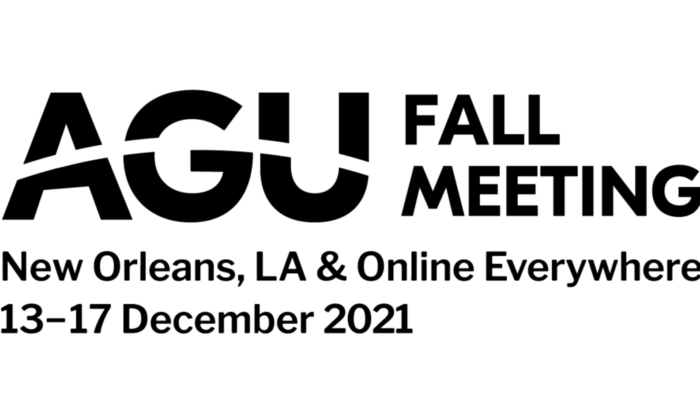Iiris is a bit indecisive. On the one hand, she wants to get as much science as she can into her thesis. On the other, she wants to actually finish her thesis in time, before unemployment inevitably comes knocking. She sighs: Should I do that one extra research project for my PhD, or just start writing the thesis? Dear Iiris, Definitely go for the extra research project. One cannot have too many. ...[Read More]
AGU times
The first hybrid AGU meeting has everything one expects from the AGU – a long line to the registration desk and, a mile walk between the two ends of the conference hall, a large exhibit hall with NASA and their most-desirable calendars at the nexus, and our favorite poster hall to “network” with others – but with an added confusion, palatable emptiness, and no beer in sight! This week is a short b ...[Read More]
The Sassy Scientist – Including Inclusivity
In a previous post I gave a cristal-clear explanation on what to write in a “teaching statement”, an essential document in your tenure-track application package. In this post I shall offer invaluable insight on an even more obscure document required for academic job hunters, by answering Inessa’s question: What should you include in your “diversity, equity, inclusion statem ...[Read More]
Navigating the Increasingly Computational Science World – Tools and Ideas to Help!
This week Dunyu Liu a computational scientist at the Institute of Geophysics at the University of Texas at Austin, shares his tips, tricks, and best practices for painless code development. The scientific world is becoming more and more computational, with numerical methods and models being critical to many disciplines such as geodynamics, earthquake dynamics and climate modelling to name a few. M ...[Read More]




